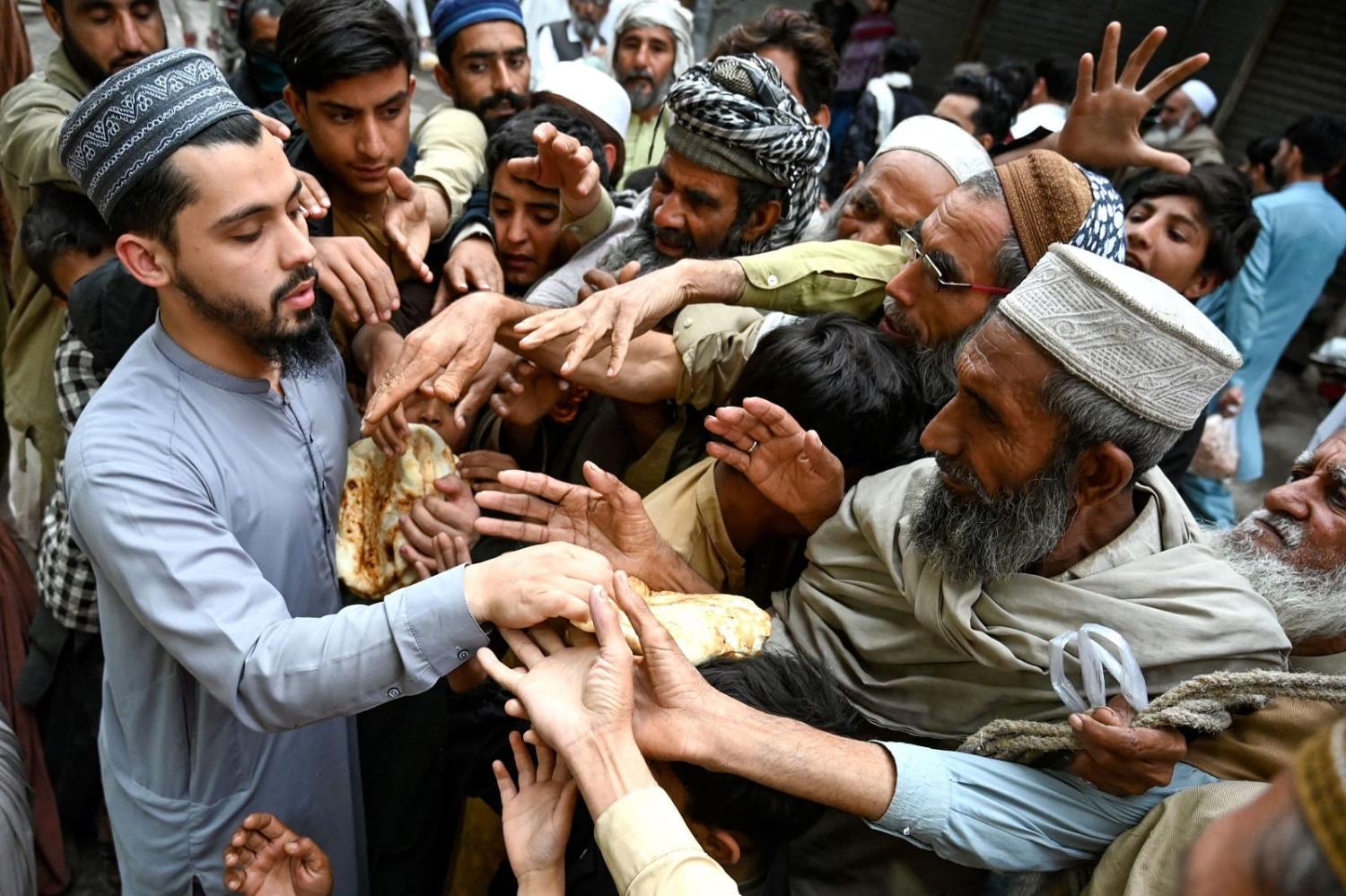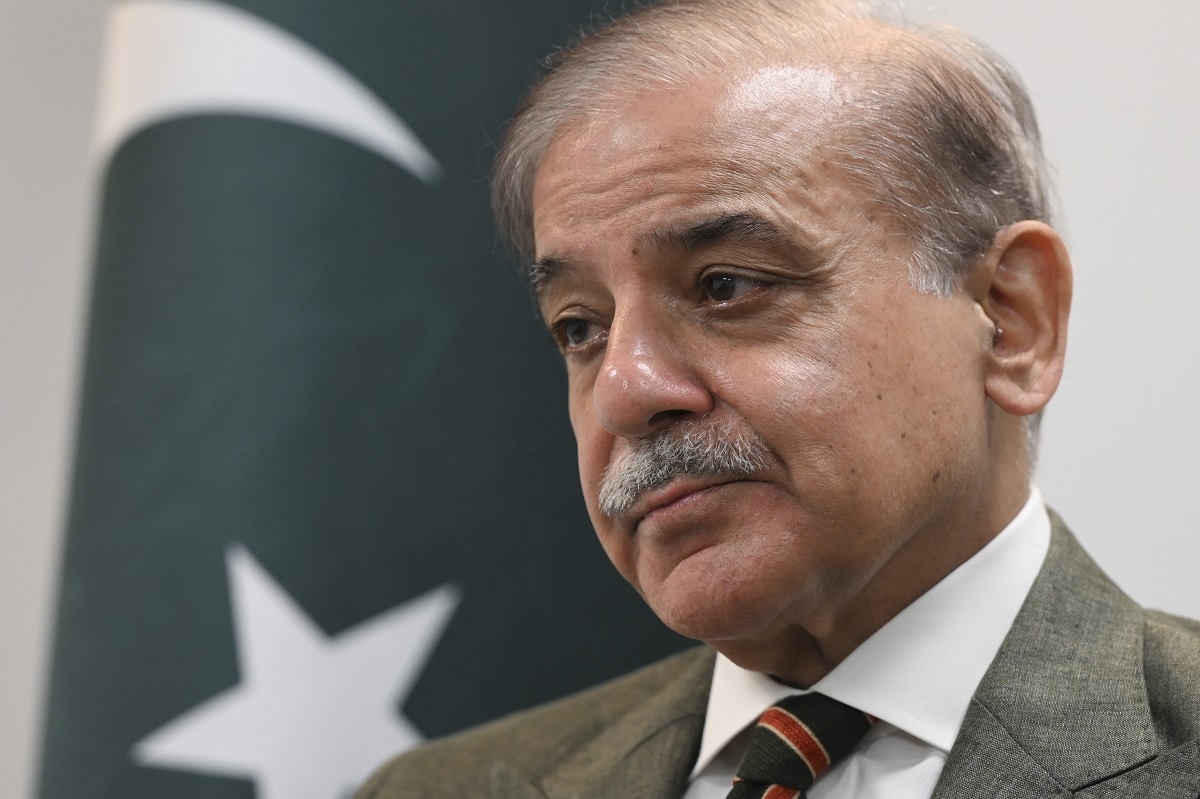Political and economic upheaval, and a growing list of
creditors, mean Islamabad has few friends to call on.

Pakistan is undergoing a protracted political and economic crisis, putting it on track to become a significant problem for the Indo-Pacific region. The country’s political instability and prospects of economic default are likely to have far-reaching consequences, including in Pakistan’s standoff with India and its role as China’s regional proxy.
Pakistan’s current political upheaval not only threatens the government under Prime Minister Shehbaz Sharif, but also the Army’s role in Pakistan politics. At the same time, years of economic mismanagement are coming home to roost. Pakistan now finds itself unable to repay loans used to fund deficits and wasteful and corrupt projects, including through the China–Pakistan Economic Corridor (CPEC).
A default on Pakistan’s external debts, which stood at US$126 billion as at the end of 2022, now seems increasingly likely. Many believe that Pakistan can avoid a debt default this month only with the release of another tranche of IMF funds. Multinational companies are exiting the country, while Pakistan International Airlines aircraft are being seized by creditors.
Large numbers of Pakistanis, many of them educated middle-class, are leaving to find better futures, including some 800,000 people in 2022. These departures will increasingly involve more desperate means – as shown by the more than 300 Pakistanis who died in the recent refugee boat disaster off Greece. Australia, too, may see a surge in arrivals from Pakistan.
Unfortunately, Pakistan has an ever-decreasing number of friends to help it out of the crisis. Washington has little interest in bailing Islamabad (and its Chinese creditors) out of the hole that it has dug for itself. Pakistan’s role in the fall of Kabul is well remembered and US aid has slowed to a trickle.
Even Islamabad’s Middle Eastern partners are losing interest. Traditional backers such as Saudi Arabia, United Arab Emirates and Qatar are reportedly reluctant to provide further bailouts. In February, in what was seen as a slap in the face, Türkiye’s President Recep Tayyip Erdoğan used Twitter to cancel a planned visit by Prime Minister Shehbaz.

Pakistan has also lost sympathy with multilateral lenders. The International Monetary Fund strongly criticised Pakistan’s recent budget, which raised salaries for public servants and gave new tax breaks to the wealthy. It seems unlikely that the IMF will release a US$1.1 billion tranche of funding over the next couple of weeks. The World Bank has also restricted funding to Pakistan. Pakistan’s case has not been helped by the recent announcement of major defence acquisitions by the military.
The Pakistan Finance Minister Ishaq Dar has claimed that “global institutions” are trying to push Pakistan into a debt default. Whether or not this is true, it is clear that China will likely be the lender of last resort.
Pakistan’s political upheavals are intensifying in the run-up to an election, due in October. Shehbaz Sharif came to power in April 2022 after former Prime Minister Imran Khan lost the support of the Pakistan military. Khan has never accepted this loss or the current government’s attempts to jail him. His populist and reformist agenda and relatively clean reputation have given him broad support.
Khan’s arrest in May led to widespread riots around the country, including attacks against Army headquarters and the takeover by a mob of a senior commander’s official residence, seemingly without intervention from army guards. There were rumours of senior commanders refusing to obey the orders of Army Chief, General Asim Munir. This was an extraordinary set of events for a country where the Army is considered to be all powerful.
The government and military have responded forcefully to the riots. Dozens of senior figures in Khan’s political party have resigned, fled overseas or been arrested. The Pakistan press has reportedly been ordered to stop covering him. The Army is seeking to have protesters tried in military courts.
Concerns about the possibility of a split within the military in the face of a popular revolt have led the Army to clean out Khan supporters in its senior ranks, although he may still have considerable support within the military. This makes the current situation potentially much more serious than previous upheavals.
When the economic crisis comes to a head, likely in coming weeks, Pakistan may find itself in a tougher position compared with Sri Lanka, which experienced an economic and political meltdown last year. That was contained through emergency assistance from India, allowing Sri Lanka time to renegotiate loans with international lenders.
A meltdown in Pakistan would have a much greater impact on the region. Further large-scale riots or divisions within the Army will sorely tempt military leaders to play the India card, as they have in the past. It would be easy to manufacture a crisis in Kashmir or a cross-border attack by extremists, with the knowledge that India would be almost compelled to respond.
Pakistan will also become even more beholden to China. Beijing has many reasons not to allow a Pakistan economic collapse, but its willingness to throw more funding into a “black hole” or to forgive existing loans may be limited. Whatever Beijing may agree on debt renegotiation (such as its recent rollover of a US$1 billion loan) will likely require significant concessions from Islamabad. This may involve granting China additional access rights to Gwadar port and airfield and other military facilities in Pakistan, including in wartime contingencies. This will firmly establish China’s military presence in the western Indian Ocean.
Russia could also increase its presence. It has been building the defence relationship with Pakistan, including joint training, exercises, intelligence cooperation and the supply of advanced helicopters. Moscow is looking to ramp up its presence in the region, including a naval base in Sudan and bases elsewhere in Africa. Access to Pakistan facilities is not an impossible scenario.
A poor and unstable Pakistan is in no one’s interests. UN projections estimate Pakistan’s population at some 330 million by 2050. Perhaps Pakistan’s problems will remain contained within its borders, but that seems unlikely based on history.
Australia can’t do much to affect current events but it does need to maintain influence with Islamabad for what could be a rocky future. That may mean making investments in the relationship beyond what some might think is justified.
